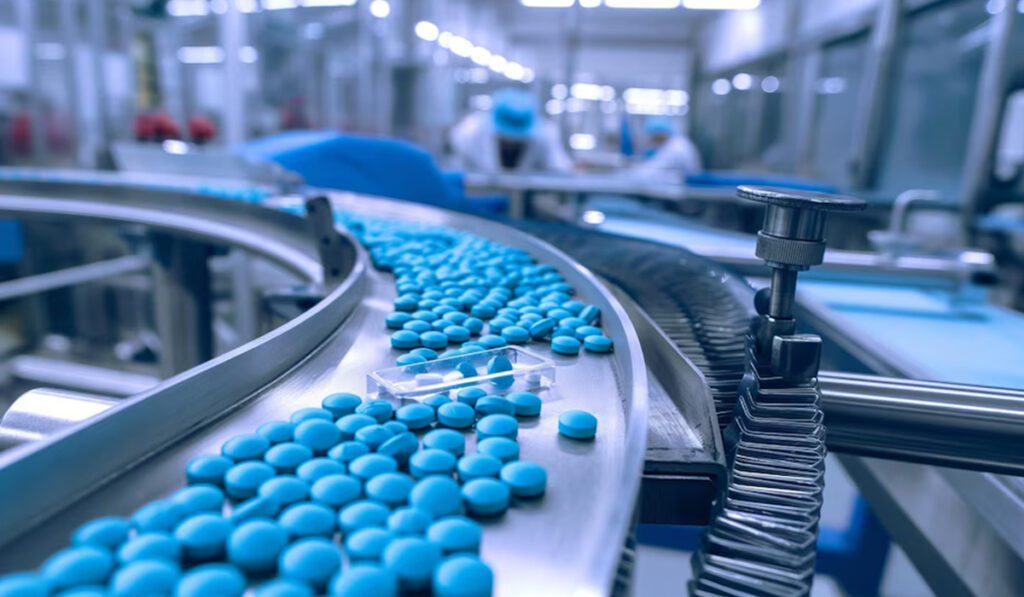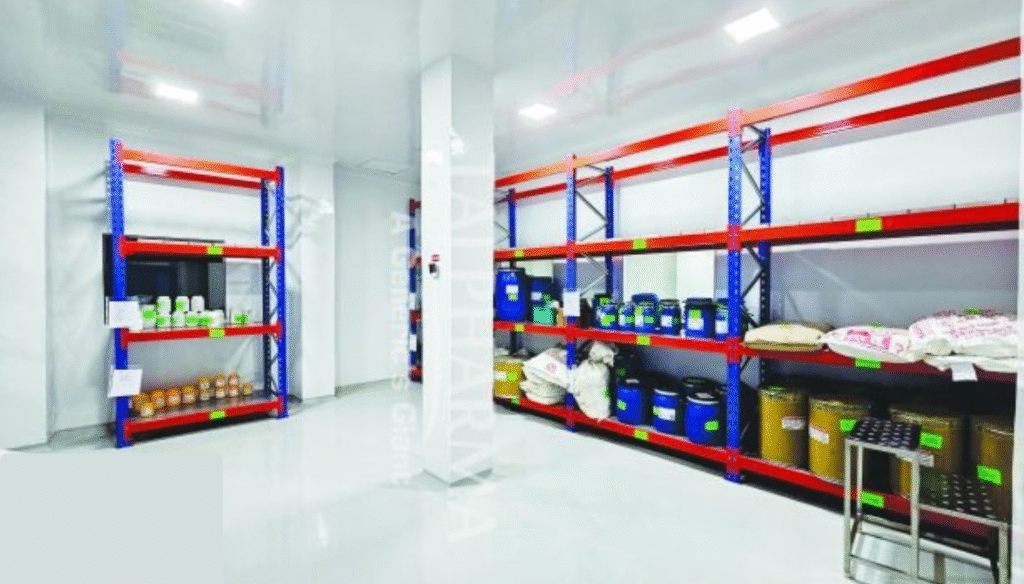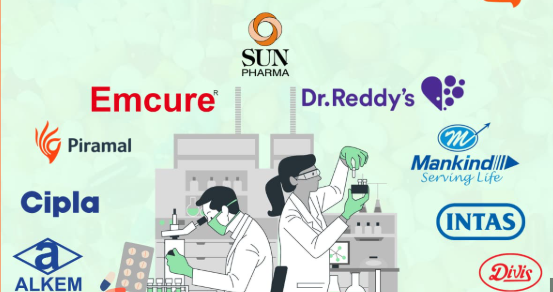The pharmaceutical industry is one of the most regulated and lucrative sectors in the world. With the growing demand for quality medicines and healthcare products, many investors are looking for opportunities to start a pharmaceutical manufacturing plant. If you are one of them, this blog will walk you through the essential steps involved in setting up a pharmaceutical manufacturing unit – from planning to production.

1. Understand the market and determine
your niche :
1. Demand for specific drug categories (e.g., antibiotics, pain relievers, nutraceuticals).
2. Competition in your target market.
3. Regulatory challenges and trends.
4. Whether you want to manufacture branded or generic medicines.
Choosing a particular sector such as allopathic, ayurvedic, veterinary or OTC products can help you effectively focus your investments and compliance efforts.
2. Create a Detailed Business Plan :
Business plan should include:
1. Executive Summary
2. Company Vision and Mission
3. Market Analysis
4. Product Range
5. Estimated Cost of Establishment
6. Operational Plan
7. Marketing Strategy
8. Financial Projections (3-5 Years)
A clear and realistic plan will also help in getting loans and attracting investors

3. Investment Required to Start a Pharma
Manufacturing Plant :
The investment required can vary greatly depending on:
1. The investment required depends on the type of product you
want to make (tablets, capsules, injections, etc.)
2. Scale (small, medium or large scale production)
3. Whether you are building your own facility or
renting/contracting it
| Cost Category | Estimated Range (INR) |
|---|---|
| Company Registration & Licensing | 2 – 5 lakhs |
| Factory Land & Building (own) | 50 lakhs – 5 crores |
| Plant Setup & Interiors | 20 – 50 lakhs |
| Machinery & Equipment | 30 lakhs – 1.5 crores |
| HVAC, Water, ETP, and Utilities | 15 – 40 lakhs |
| Raw Material (Initial Stock) | 10 – 30 lakhs |
| Salaries (first 6 months) | 10 – 25 lakhs |
| Marketing & Distribution Setup | 5 – 20 lakhs |
| Miscellaneous & Contingency | 5 – 10 lakhs |
Total Investment (approx):
1. Small-scale unit: Rs 1.5 – 2.5 crore
2. Medium-scale unit: Rs 3 – 7 crore
3. Large-scale facility: Rs 10 crore and above
Note: The cost may be lower if you lease the premises or opt for third-party/contract manufacturing initially.
Financing options:
1. Bank loans (through MSME schemes)
2. Private investors or venture capital
3. Government subsidies or incentives for pharma clusters
4. Partnerships and joint ventures
4.Legal Structure and Company
Registration :
Decide your company structure:
1. Proprietorship
2. Partnership
3. Private Limited Company
4. LLP
Register your company with the Ministry of Corporate Affairs (MCA) and obtain:
1. PAN and TAN
2. GST Registration
3. Factory License (from local authority)

5. Choose the Right Location :
1. Be close to raw material suppliers and transportation hubs.
2. Complies with local zoning and environmental laws.
3.Has basic infrastructure such as water, electricity and waste
disposal systems.
4. Make sure the site is approved by regulatory bodies such as
CDSCO or State Drug Control Department.
6. Obtain Regulatory Approvals and
Licenses :
1. Drug manufacturing license
2. GMP/WHO-GMP certification
3. Environmental clearance
4. Fire safety certificate
5. Import Export Code (IEC) for global trade
Each product category may require separate application and license.

7. Build the Manufacturing Facility :
Build the facility to meet:
1. WHO-GMP and Schedule M requirements
2. Cleanroom standards with proper zoning
3. HVAC, airlock and water purification systems
Hire experienced pharma consultants or design experts for compliance.
8. Machinery and Equipment :
1. Blenders, Mixers, Granulators
2. Tablet Presses & Capsule Fillers
3. Liquid Filling Machines
4. Packaging Machines
5. Utility Systems (HVAC, RO Plant, etc.) and many more.

9. Hire Qualified Personnel :
Employing skilled and qualified professionals is essential for:
1. Production
2. QA/QC
3. Regulatory Affairs
4. Inventory Management
5. Sales and Distribution
10. Set Up Quality Systems :
1. SOPs
2. Batch Manufacturing Records (BMR)
3. Stability Testing Protocols
4. Internal Audits and Training Programs
11. Start Trial Production and Commercial
Operations :
Conduct pilot runs and validate the production process. Once approved:
1. Start full-scale production
2. Send batches for third-party lab testing
3. Start packaging, branding and dispatch
12. Start Marketing and Sales :
1. Hiring medical representatives
2. Partnering with distributors
3. Participating in expos and trade fairs
4. Promoting through digital and B2B platforms
Taking advantage of both domestic and international opportunities depending on your license type.
Conclusion :
Starting a pharma manufacturing plant is a significant undertaking that requires careful planning, regulatory compliance, and a strong financial foundation. With the right guidance and a commitment to quality, you can build a profitable and sustainable pharmaceutical business that makes a meaningful contribution to the healthcare industry.
Leave a Reply